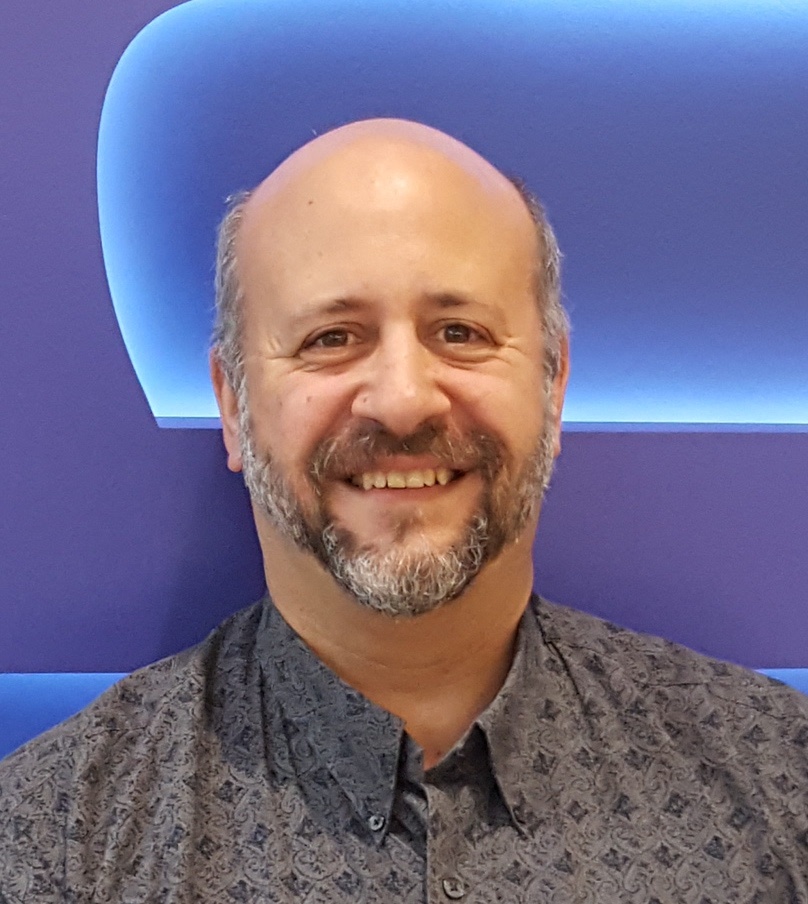Your company has started an Agile Transformation effort. Agile coaches are introducing teams to the fundamental concepts of agile, scrum, and kanban through classroom training and workshops. Metrics are tracking how many teams are trained in agile. You may even have a goal of having all new projects “be agile” by a certain date.
But with all of that apparent success, business stakeholders are still not seeing improvements in release schedules or quality. Some parts of the organization are resisting, rather than embracing, agile. Team members, management and coaches are all frustrated about the lack of progress.
These are symptoms of an organization whose transformation is stuck in first gear. It has rolled out an agile training program, but not truly gone all in for an Enterprise Agile Transformation. The result: missing out on the full potential of both agile and your organization.
If you can relate to this situation, you are not alone. We see these common challenges all the time. The good news is that it is not too late to retool your enterprise agile initiative to turn it into an enterprise success story. Or you can start your Agile Transformation on the right foot and avoid these problems from the beginning.
How do these problems develop? It starts with vision and goals at the senior executive level. What exactly are you trying to achieve with your agile initiative? Is the goal to just to be able to say that you’ve implemented agile/Scrum or are there quantifiable business goals to improve overall product quality, delivery speed and predictability, as well as customer and employee satisfaction and engagement?
Agile initiatives typically bring in agile coaches who are experts in scrum or kanban to a work with development teams and the businesses that they support. The aim is for these teams to fully buy into agile and transform into high-performing teams. High performance includes:
- Embracing a culture of collaboration, self-direction, and continuous improvement
- Breaking work down into smaller pieces and planning in smaller increments
- Improving their software development practices and automating testing, integration, and build processes
In lean/agile terms, we say that a part of the system has been optimized, instead of optimizing the entire system or the entire value stream. Friction develops between development groups that have optimized through agile and other areas that are still operating like they always have. The friction is often most visible at interface points with shared services (like security, database, etc.), build and release management, infrastructure teams -- and often even with the development team’s own management who have not embraced agile approaches to budgeting, portfolio management, and personnel allocation.
When this situation develops, several things happen. First, though the development team is now optimized and improving rapidly, the impact to the overall delivery schedule may be less than expected due to the bottlenecks and inefficiencies in other parts of the organization.
Second, cross-organizational issues can result if bottlenecks are not identified and addressed. This can happen if there is not a mechanism in place for the team or the coaches to spot bottlenecks and inefficiencies, or if management does not have the will or support to deal with them.
Finally, it’s not hard to see a perfect storm on the horizon. Frustrated development teams feel they have transformed in isolation. They wonder why they put in all the effort to change when no one else has. So they either fall back into their old habits or, even worse, having strong performers actually leave the company for other organizations that they see as being further ahead from an agile culture perspective.
The root cause is not that agile is not working or not achieving the organizational goals that management hoped for. Instead, it is that the focus of the transformation was at the wrong level. If you want to transform your organization, you can’t just optimize at the team level. You need to optimize at the value stream level -- addressing all inter-related parts of the process at the same time, as part of an overall strategic vision. And to do that, you need agile coaches with the experience to help you lead at the enterprise strategy level, not just at the individual team level.
So how do you do it right and avoid falling into this trap?
Senior management needs to set the proper goals and vision for the Agile Transformation. These goals need to be performance based, focused on release frequency and quality, value in the market, and return on investment. Metrics that are focused only on agile adoption, such as number of teams trained, number projects using agile, number of classes taught, should be avoided. The value to the organization is not in going through these motions, it is about the quantifiable performance improvements that happen after the training.
The challenge for senior management is establishing that vision and developing the strategy to implement it. It’s a challenge that involves organizational structure, culture, and change management. An experienced agile enterprise change agent is invaluable to this effort. You need an agile transformation partner who can help guide you in implementing the agile framework that ties the individual development teams’ work to the top executives’ vision, provide the right level of training and coaching, and grow your organization to be self-sufficient.



